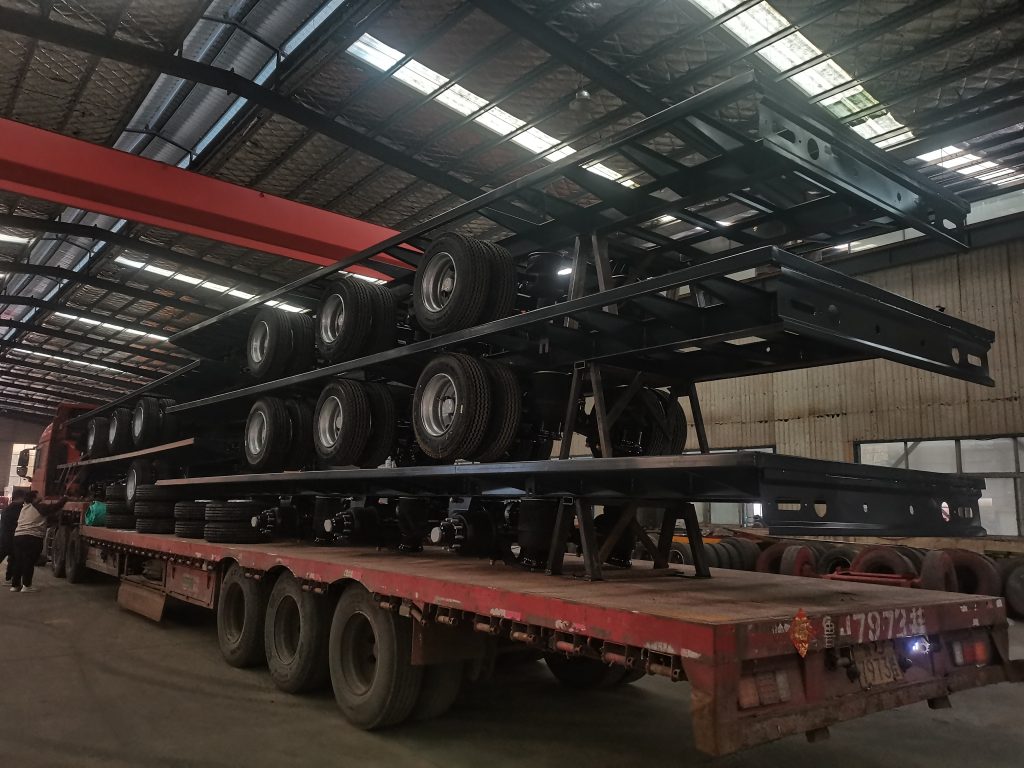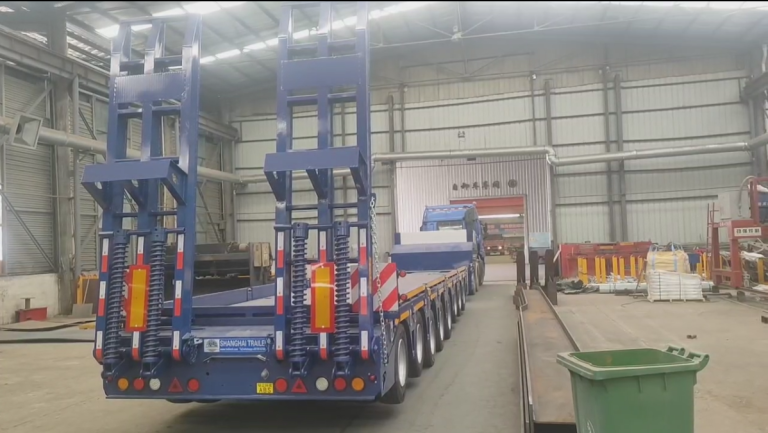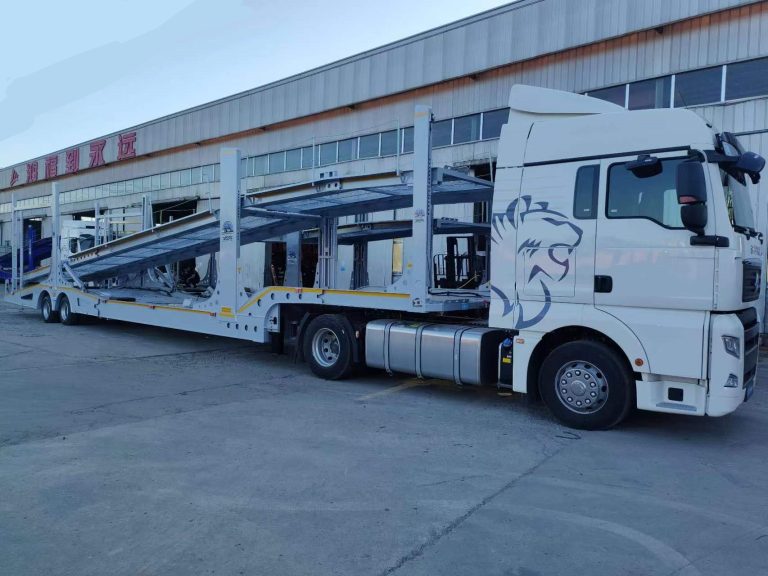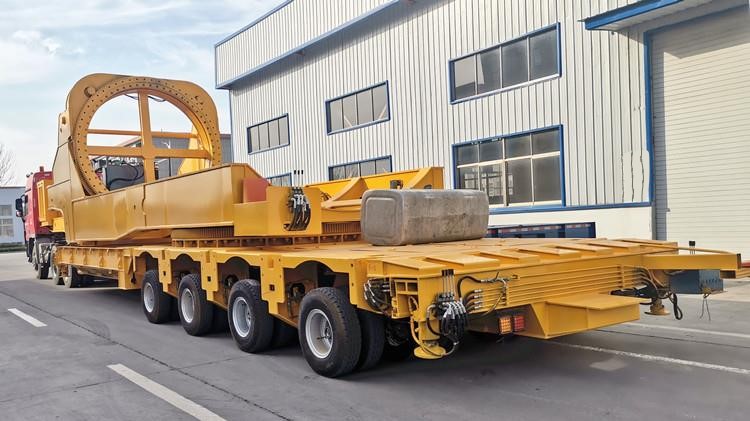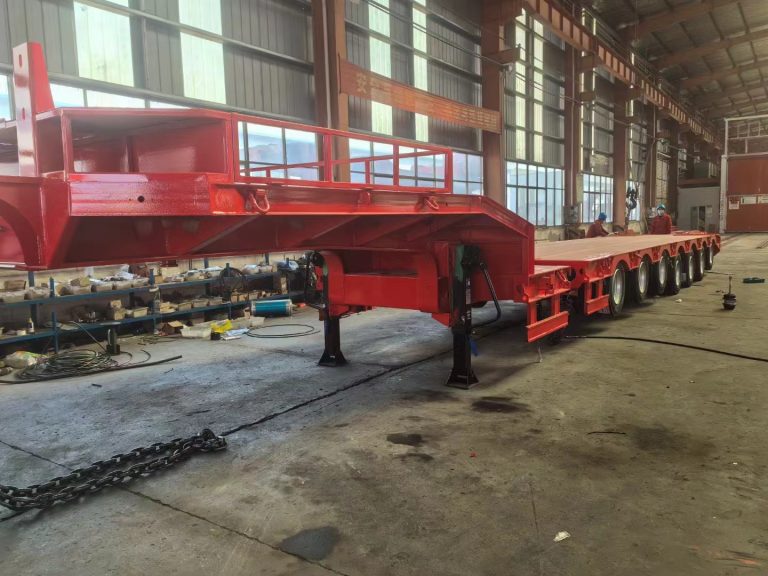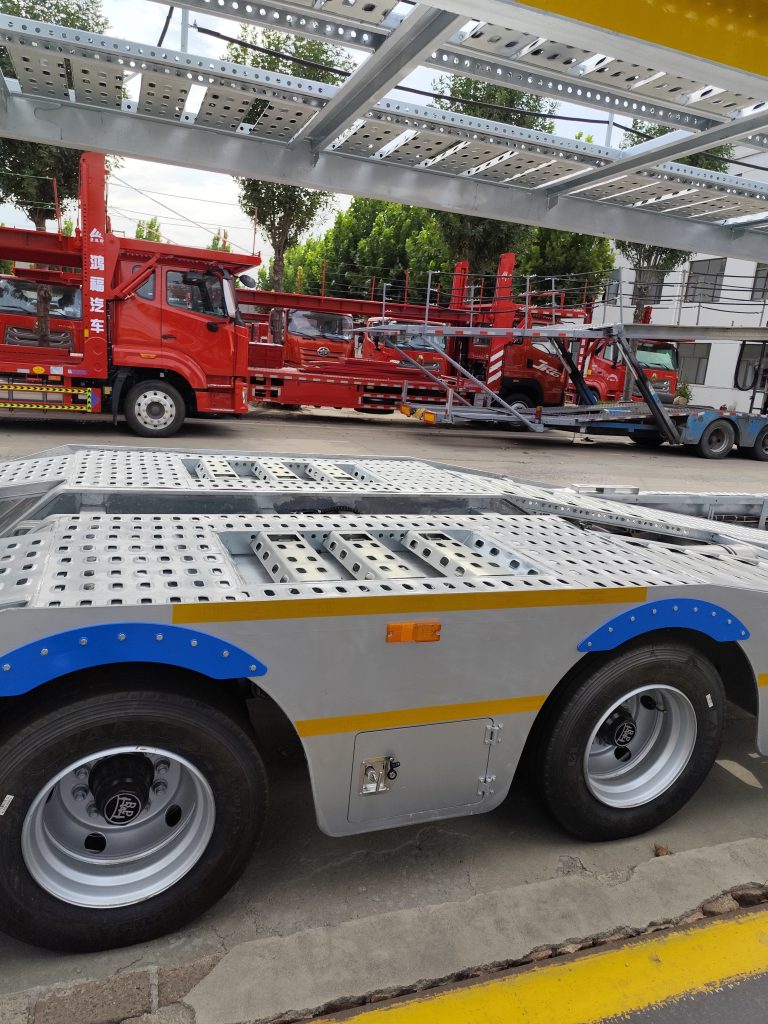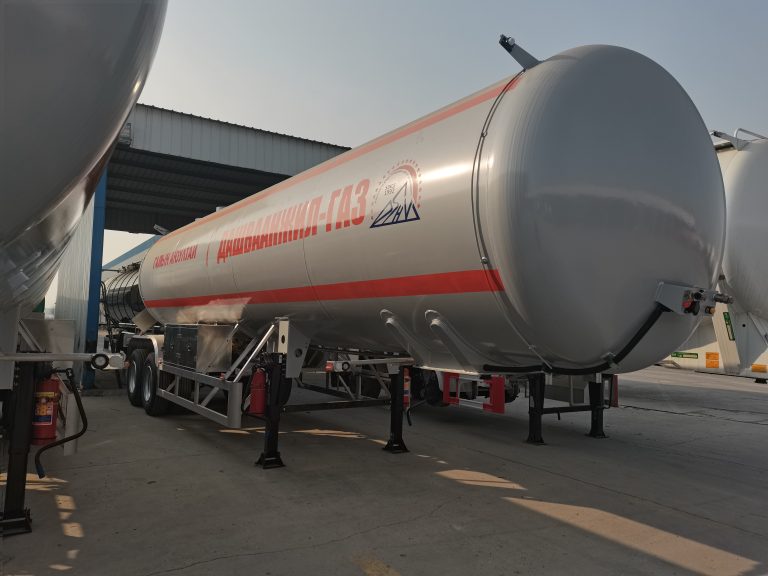When comparing full trailers and semi-trailers in terms of stability, several key differences emerge:
Stability Features of Full Trailers
- Lower Center of Gravity: Full trailers have a lower center of gravity due to their rigid body and independent axles at both the front and rear. This design makes them more stable on the road, especially when navigating rough or uneven terrain.
- Even Weight Distribution: With both front and rear axles, full trailers distribute the load evenly across all wheels. This reduces the strain on the towing vehicle and enhances overall stability.
- Rigid Body Structure: The rigid body of full trailers provides additional stability, making them less prone to tipping or swaying compared to semi-trailers.
Stability Features of Semi-Trailers
- Higher Center of Gravity: Semi-trailers have a higher center of gravity because they lack front axles and rely on the towing vehicle for support. This makes them more susceptible to tipping, especially when carrying heavy or uneven loads.
- Increased Risk of Jackknifing: Due to their coupling mechanism (fifth-wheel coupling), semi-trailers are more prone to jackknifing if not handled properly. This risk is higher during sudden braking or sharp turns.
- Versatility vs. Stability: While semi-trailers offer higher load capacity and versatility, they trade off some stability. They are better suited for long-haul transportation on well-maintained highways rather than rough or off-road conditions.
Full trailers are generally more stable due to their lower center of gravity, even weight distribution, and rigid body structure. They are ideal for transporting heavy loads over rough terrain or in situations where stability is a top priority. Semi-trailers, on the other, hand offer higher load capacity and better maneuverability but come with a higher center of gravity and increased risk of instability.
